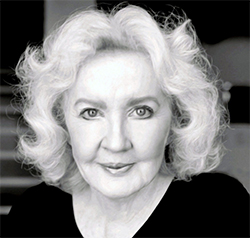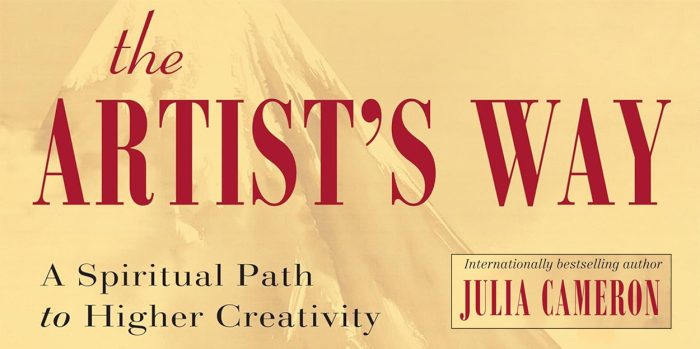 A friend recently recommended to our creative class that we go through The Artist’s Way by Julia Cameron, some editions with Mark Bryan. This book is primarily the associated text for a course Julia puts on for creatives in all media. And the advice she offers is game-changing.
A friend recently recommended to our creative class that we go through The Artist’s Way by Julia Cameron, some editions with Mark Bryan. This book is primarily the associated text for a course Julia puts on for creatives in all media. And the advice she offers is game-changing.
There are two main activities that Julia insists upon, both during the course and beyond. Both are geared to break artist’s block and provide material to spring forward. Despite this narrow purpose, however, the activities have worked for each member of our group on an even broader spectrum.
The first activity is morning pages. I believe the most common suggestion to any artist is to DO THEIR ART. The painter needs to put out a ridiculous amount of painting. The writer hones her craft by writing. A lot. And then some more.
Where the morning pages are different, what I found revolutionary, was the intentional avoidance of practicing writing. Morning pages are more like taking a dump. They should be done first thing upon getting up in the morning. She insists upon three pages of stream-of-consciousness writing. Not crafted. Not edited. Three pages. Every day. Without fail.
What we have found remarkable is how helpful this is to achieve clear-headedness throughout the day. Our creative “system,” like our gastro-intestinal tract, needs to purge things that get in the way of quality work. Even our run-of-the-mill thinking needs cleansing. I have had answers to personal issues come to me during morning pages. I have found understanding for previously unfathomable people. Ideas have poured out of me, despite not really trying to find ideas.
There is something block-smashing about practicing writing when you have nothing to write about. Writing because you are going to write. Not to get a poem out. Not to develop a story. Not to outline a plot. But in the firehose blast of writer’s bowel cleansing, some quality thinking or writing will likely result. Just remember that is not the goal while writing morning pages. The goal is simply to write and not stop.
The second activity is the artist’s date. Julia positions the morning pages as an outflow of material. The artist’s date is an inflow. It is a collection of “images” from which to draw later.
The artist’s date should be accomplished alone. Don’t take anyone. This is your time with yourself, free to enjoy and absorb images, to collect them for use later. Images in this sense could include characters, music, smells, sights, or feelings.
My greatest artist date was a cattle drive I recently went on. It was a cattle drive in the sense that I was driving, and I was getting cattle. I drove about 500 miles and stopped at four locations to buy calves for my farm. My route took me through the most curvy, hilly, shoulder-absent roads in Arkansas. I passed a myriad of farms in a plethora of styles.
I dug a couple of classical music CDs out of the internal workings of my truck console and listened to Vivaldi and to the Three Tenors while taking in the scenes: verdant hills and steep ravines, rusty farm vehicles, dilapidated barns from days gone by. I saw a 1%er biker clubhouse and a biker church. I saw misspelled signs. In one town I saw a sign in a flower bed, a sign stating that signs were prohibited in the flower bed. I met characters. I chased cows.
The artist’s date varies in time and expense. Morning pages cost me 15-25 minutes each morning. I found composition books on clearance after the back-to-school rush was over. Their cost was negligible.
I sincerely believe this has been the easiest and most helpful addition to my writing ever. I hope it helps you as well.
- Preemptive Creativity - November 28, 2025
- Defeating Writer’s Block - January 6, 2025
- Increasing Your Capacity to Write - May 27, 2024


Great post. I like the idea of the morning pages. I am going to try that.